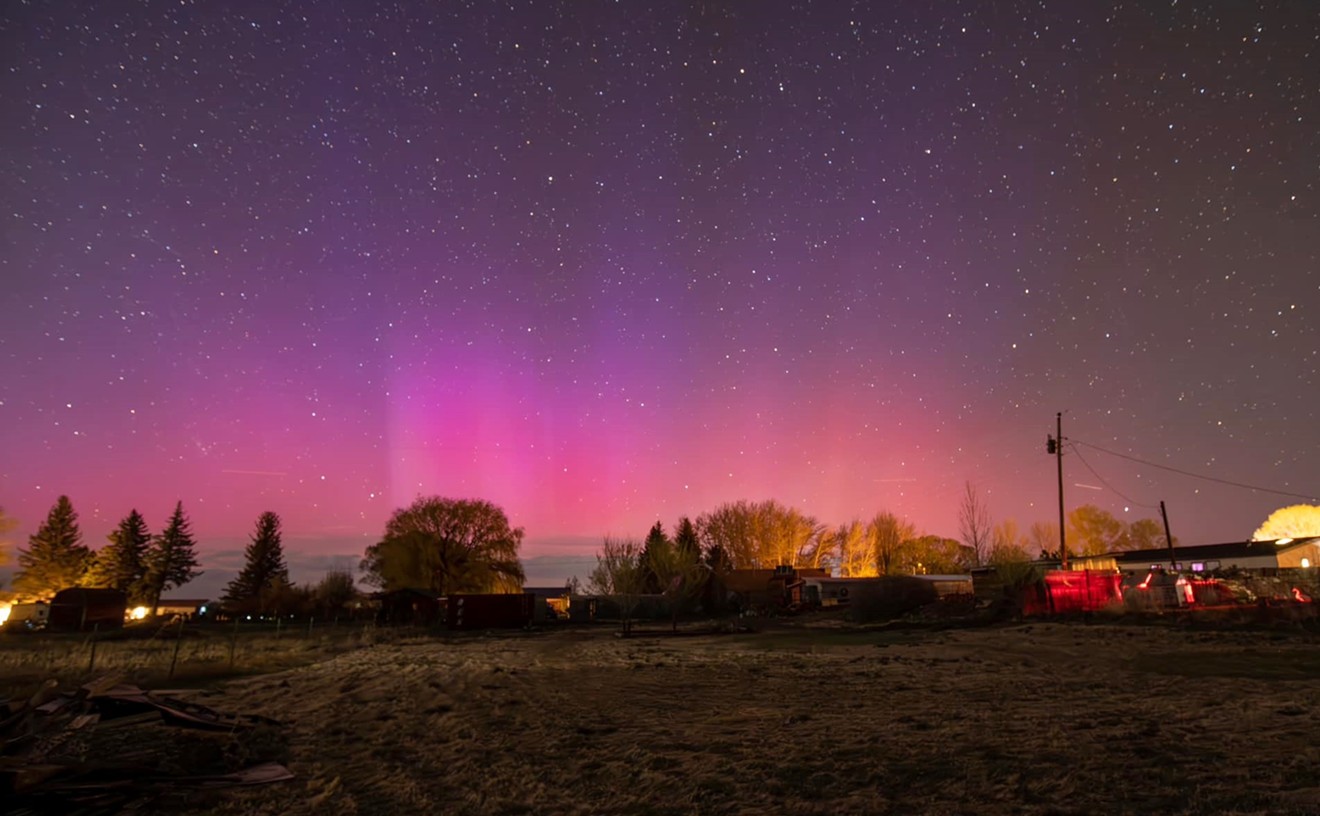WARNING: Spoilers for both the book and film versions of The Girl on the Train ahead. Get off at this stop if you want to avoid the surprises.
In 2015, Paula Hawkins released the wildly successful novel, The Girl on the Train. Millions of copies were sold of the psychological thriller, riding closely and furiously on the wave of another successful whodunnit "girl" book, Gone Girl. It was only a matter of time before it made its way to the big screen, bringing a very complicated narrative style to life.
The story is seen primarily through the eyes of a woman named Rachel, a down-on-her-luck alcoholic, the kind of female anti-hero who doesn't always get portrayed on screen. However, Emily Blunt (Sicario, The Devil Wears Prada) managed to capture the hot mess-ness beautifully, making you equal parts uncomfortable and sympathetic for our not-quite-heroine. When we find her, she's been out of work for a year and her husband left her for another woman, with whom he's had a baby.
She takes the train to and from the city, pretending to still have a job, but instead toils away the day on a drawing pad at a bar. She finds entertainment in looking into the houses that pass by on her commute. Specifically, the one where her ideal couple, Megan and Scott Hipwell, live and have sex a lot with the windows open, any time of day. This also happens to be the same street where her ex-husband and his new wife live with their baby and where she has shown up several times unannounced in a stupor.
Everything changes one day when she sees the woman from the ideal couple with another man. Unable to cope with this dose of reality, she drinks even more heavily than usual, waking up in a pool of vomit and blood, with only brief flashes of memories where she may or may not have attacked Megan. Come to find out, Megan is now missing. When the police confront her (since she's a well-known crawler in that 'hood) she's forced to reckon with her own mind and potential to seriously hurt someone, or worse.
However, just when you think you're only getting her side of the story, you are joined by two other women: her ex-husband's new wife, Anna, and Megan herself, a few months in the past. A bevy of secrets are revealed, including what happened to Megan and how all of them are tied together. Like Gone Girl, you can't quite trust the narrators, much like Rachel can't trust her own mind, and a lot of what you think you are seeing isn't at all what it seems. As with most adaptations, some sacrifices had to be made for the sake of time or the visual story. Here are five that we noticed that could, for better or worse, change how you pictured the story playing out.
The setting is changed to New York.
This was, hands down, the most jarring revelation for someone who has read the book. Instead of commuting on the train into London, Rachel now lives in Westchester County, New York, just north of Manhattan. In theory, it shouldn't make that much of a difference, but considering they still hired a British actress to play Rachel (whilst keeping her accent), it takes a second to adjust. The London-adjacent towns feel more bustling and open to Rachel's drunken antics than the anonymous New York City 'burbs, where houses like the ones she spied on wouldn't necessarily be in the path of an everyday commuter train.
Tom's lies are spelled out to her.
In the book, through a period of sobriety and visits to Megan's shrink (and suspected lover) Dr. Kamal Abdic, Rachel slowly unlocks the reality of her ex-husband Tom's emotional abuse. She realizes that he had been filling in the gaps of her drunk memories with fake stories of her outbursts. This was, of course, in order to have an excuse to leave her for Anna (and, well, lots of other women). In the movie, she's basically told all of this flat out via Tom's old boss' wife Monica (Lisa Kudrow). She recounts a time where Rachel thought she had caused a scene, but had really just passed out and gone home. This nugget helps put a new lens on Tom for her, which helps her remember that she saw Tom with Megan that fateful night. Had she not been told all of this, it might have been less interesting to see it play out non-verbally.
Rachel gives a haunting speech about wanting to kill Megan.
From the moment you find out that Megan is missing, the book consistently gave you that sinking feeling that Rachel might have done it. However, it's all speculative, based only on her capacity to do so because she's angry and drunk. In the film though, we get a long (and somewhat gratuitous) speech from Rachel where she explains her story to a drunk stranger and boils over when talking about Megan's indiscretions. We see flashes of a blond woman being pulled by her hair to the ground and — boom — she's now a viable suspect in our minds. Also, because it's 2016, she's managed to record the entire speech on her phone. It seemed as if this might be discovered by the police or someone else, but instead it just lived to haunt Rachel while she tried to piece together that night.
Scott and Rachel don't have sex.
Honestly, that's totally okay. With all the moving parts, it always seemed way too cliché that a grieving (but suspicious!) Scott would fall for the nosy Rachel, who had lied and said she knew his wife Megan. It's an interesting enough conflict, but one that muddles the storyline in a mostly unnecessary way. She still works with him to try and uncover Dr. Abdic's role in Megan's disappearance. They have a few beers and he spends the night at her place to get away from the press, but that's pretty much it.
The narrative style plays out differently on film.
The twist of the book having multiple narrators pushed you further into the haze that the author wanted you to be in while trying to solve the mystery. Red herrings were presented from all angles, with the reader forced to conjure up the pieces while likely picturing the wrong suspects. In spite of chaotic editing to hide certain faces and contexts, the film still gave things away early on, especially scenes from Megan's past. It was pretty easy to figure out everything in the end because you had already seen so much of it. However, seeing how similar Anna and Megan looked helped cast further suspicion on Rachel, already a bigger suspect in our minds thanks to the cell phone video. That was a nice touch.
See the rest for yourself! The Girl on the Train is in theaters now.
[
{
"name": "Air - MediumRectangle - Inline Content - Mobile Display Size",
"component": "18478561",
"insertPoint": "2",
"requiredCountToDisplay": "2"
},{
"name": "Editor Picks",
"component": "16759093",
"insertPoint": "4",
"requiredCountToDisplay": "1"
},{
"name": "Inline Links",
"component": "17980324",
"insertPoint": "8th",
"startingPoint": 8,
"requiredCountToDisplay": "7",
"maxInsertions": 25
},{
"name": "Air - MediumRectangle - Combo - Inline Content",
"component": "16759092",
"insertPoint": "8th",
"startingPoint": 8,
"requiredCountToDisplay": "7",
"maxInsertions": 25
},{
"name": "Inline Links",
"component": "17980324",
"insertPoint": "8th",
"startingPoint": 12,
"requiredCountToDisplay": "11",
"maxInsertions": 24
},{
"name": "Air - Leaderboard Tower - Combo - Inline Content",
"component": "16759094",
"insertPoint": "8th",
"startingPoint": 12,
"requiredCountToDisplay": "11",
"maxInsertions": 24
}
]











